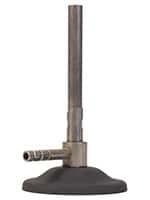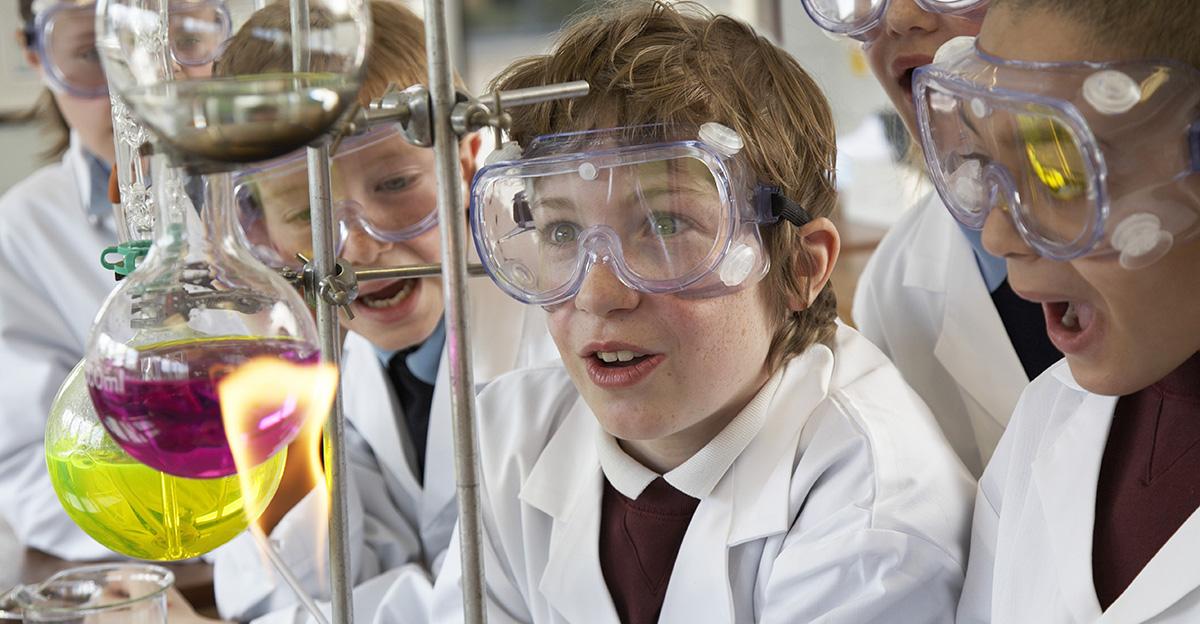A laboratory burner is a staple for any lab, whether it is a professional organization or high school chemistry class. The type, size, and BTU output of the burner you choose will depend on many factors: What source of energy does your lab offer? How often will you use the burner and for what type of experiment or procedure? Some labs have multiple style burners available, as well. Read on to find out more about laboratory burners, so you can make an educated decision about what will work best in your lab environment.
What You Should Know About the Bunsen Burner

The old standby burner for many lab situations is the Bunsen. A Bunsen burner produces a single open flame. Use of a Bunsen burner requires a continuous stream of flammable gas—most often natural gas, but sometimes liquefied petroleum, such as propane. The user controls the air-gas mix by opening or closing a small inlet at the base of the mixing tube. The Bunsen burner is the simplest of the laboratory burners available. It takes little maintenance and has been used in labs all over the world for more than a century.
Variations of the Bunsen Burner
While a Bunsen burner is adequate for many projects, modern science has introduced similar devices that offer more flexibility. The Tirrill burner is an air and gas device much like the Bunsen, but with extra adjustments that provide for better temperature control and flame size.
A Meker burner is also similar in design, but it is larger and works best for experiments that require high temperatures. The Meker has more openings to provide an enhanced mix of gas and air, and the tube is wider and covered with a wire grid that separates the flame into smaller flames for better distribution of heat.
Understanding Gas Type
Often the burner selection depends on the gas available in the laboratory, especially in a school where there may be limitations. Different gases burn at different temperatures and the various burner options depend on the proper gas source.
- Natural gas solutions generally involve methane (CH4) piped in via municipal delivery systems.
- Liquid propane is stored in tanks outside the building and piped into the lab much like natural gas.
- Artificial or mixed gas, known commonly as coal, has a similar composition as natural gas, but comes from coal. Piped into the lab like any gas, it offers a mixed formula that includes methane and other hydrocarbon gases.
Before you go burner shopping, find out what gas source the lab will offer. From there, consider your temperature requirements and whether you need a burner that provides even heat distribution. That will help you figure out what laboratory burner is best for you.






Leave a Reply